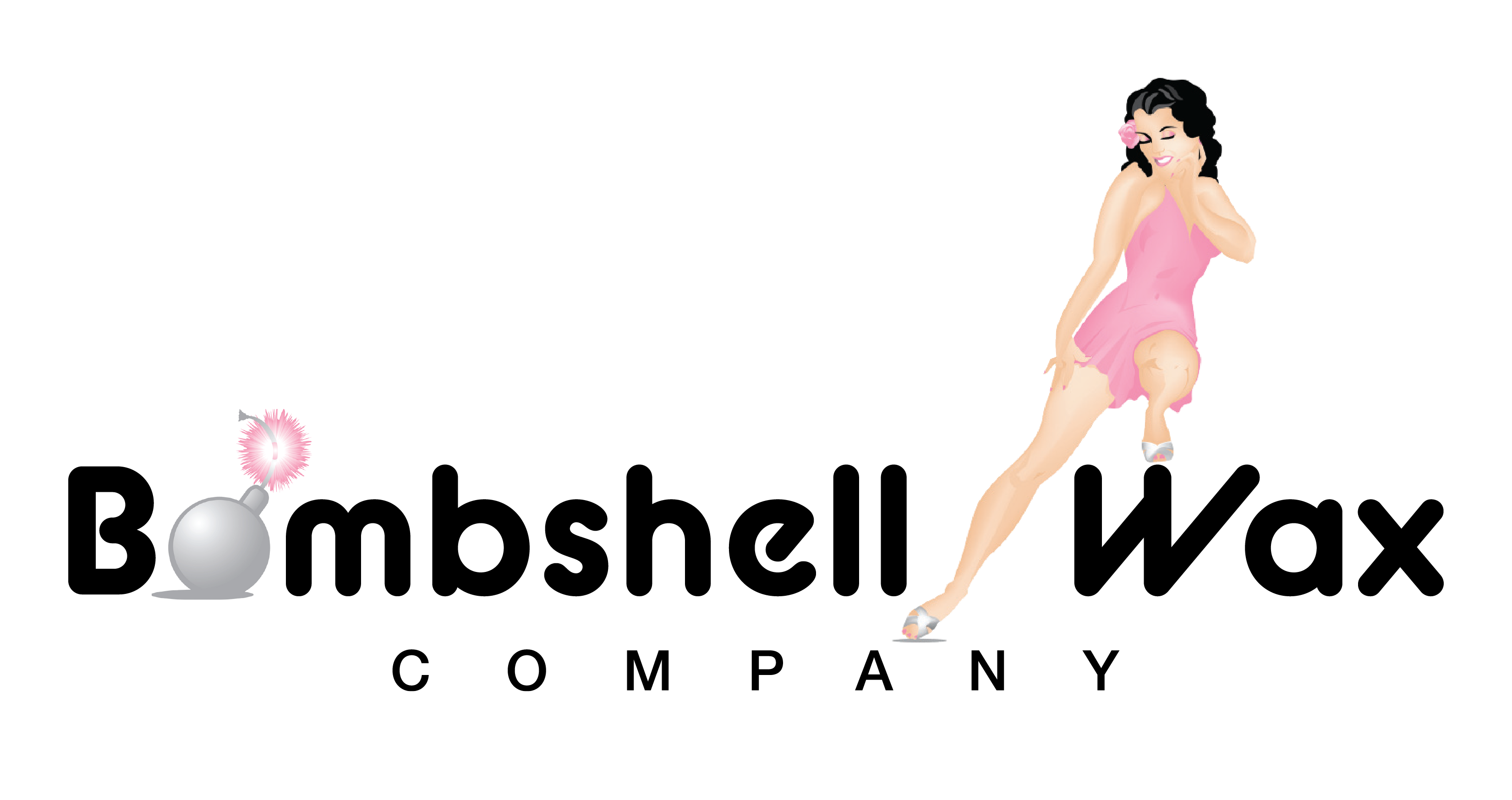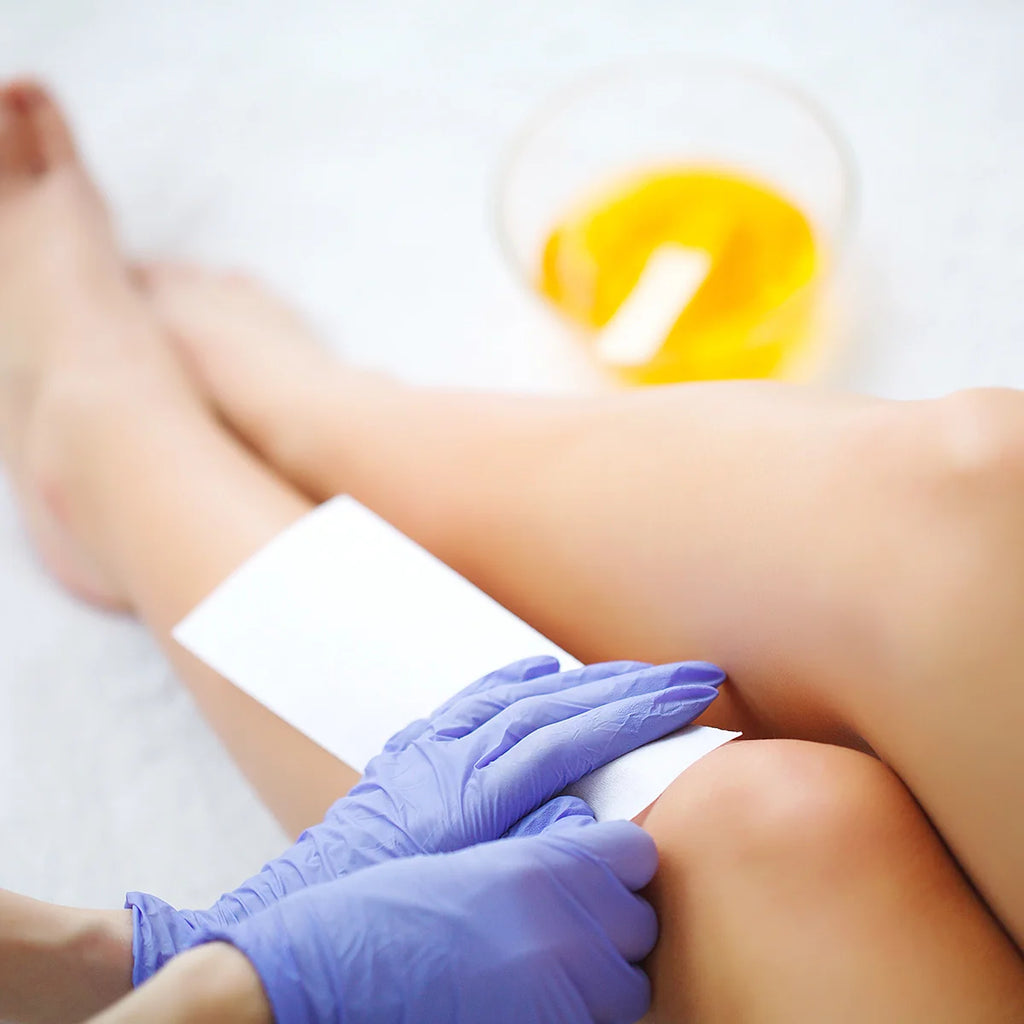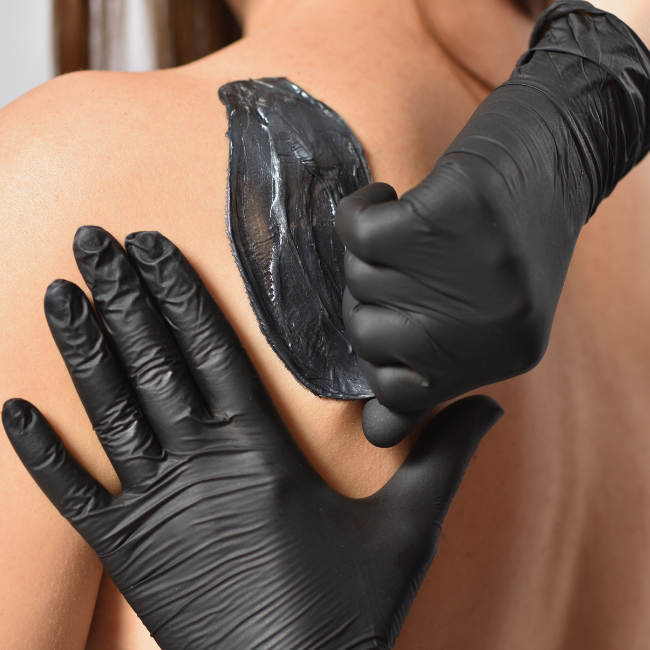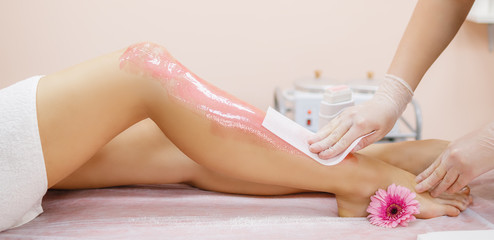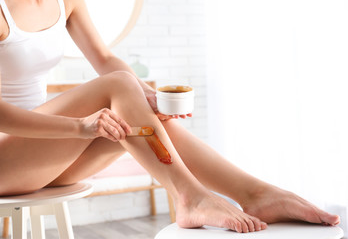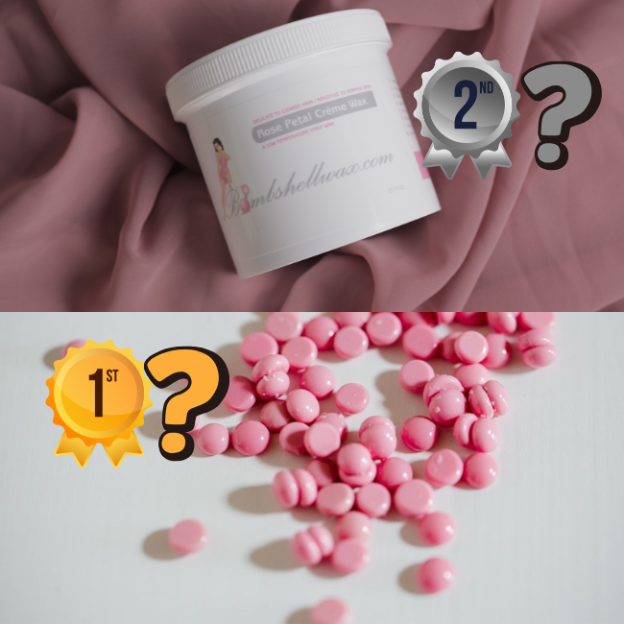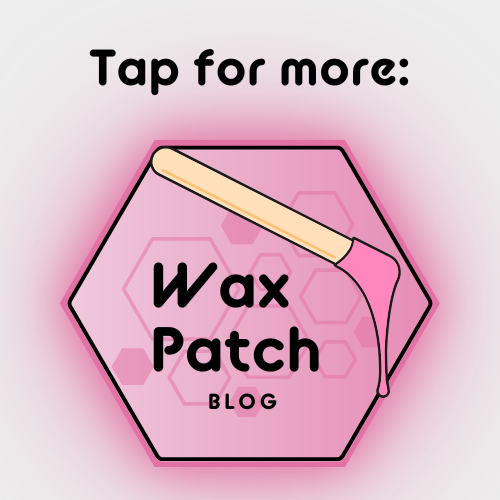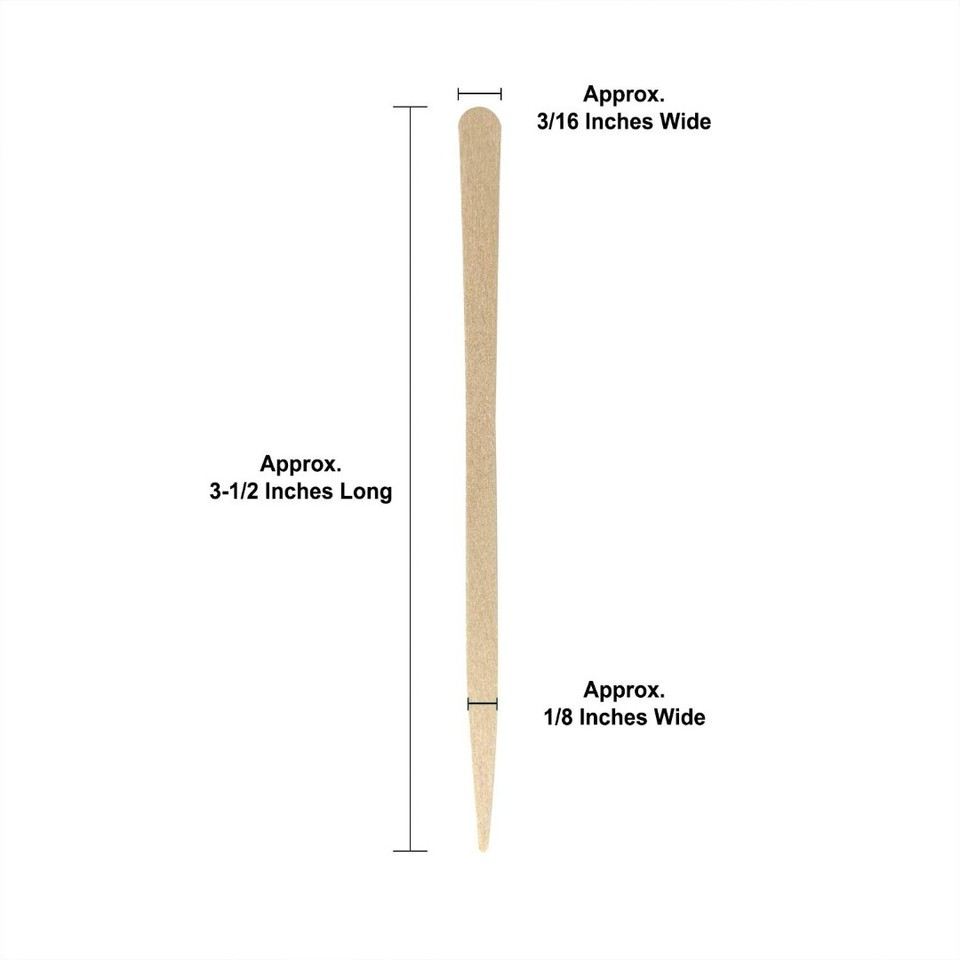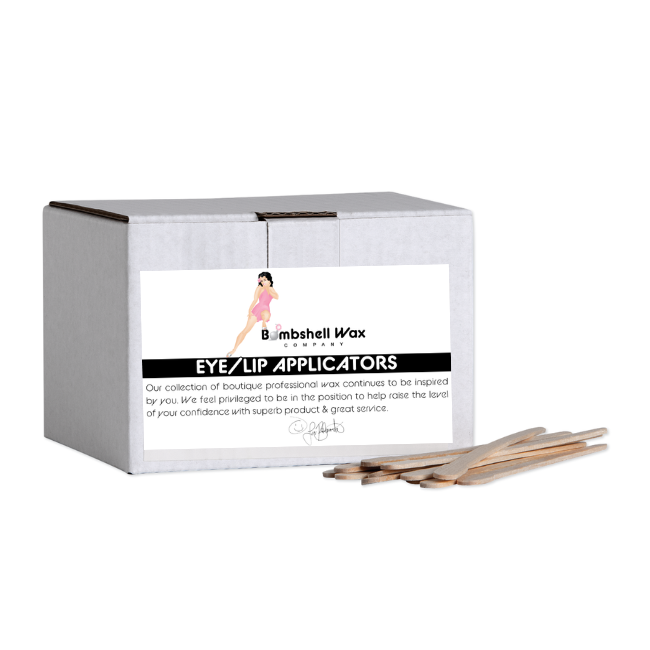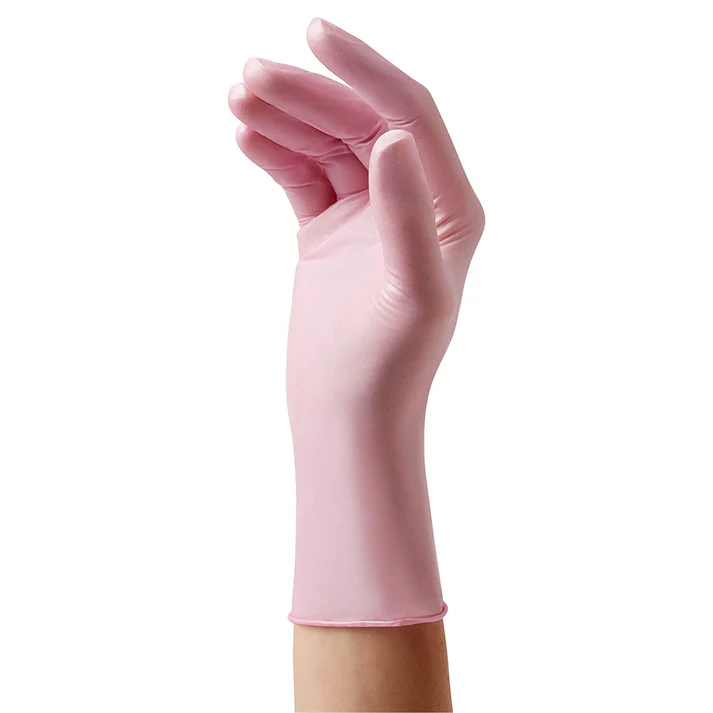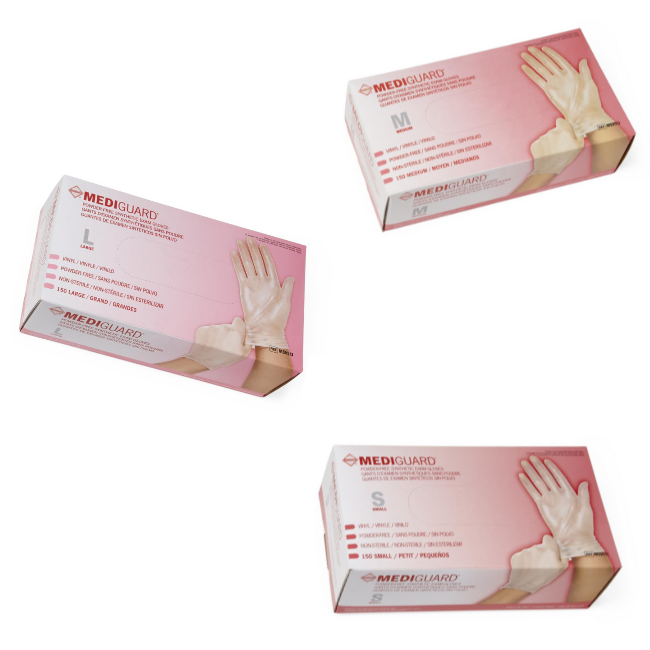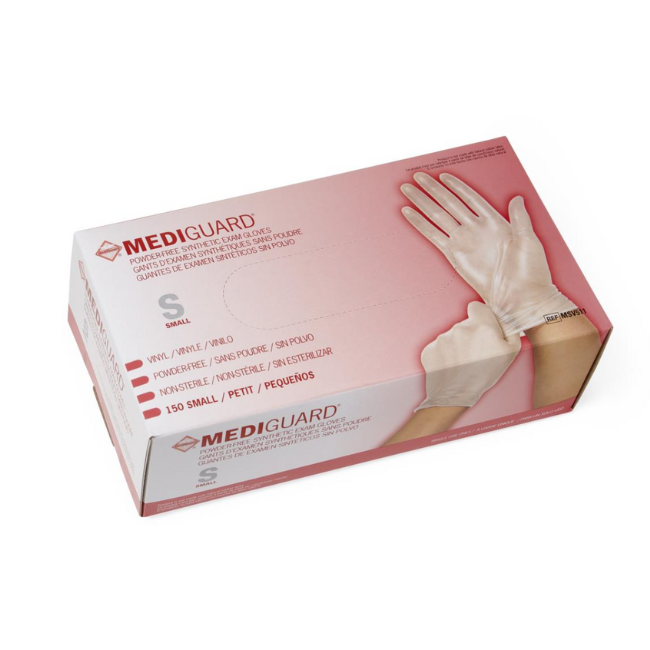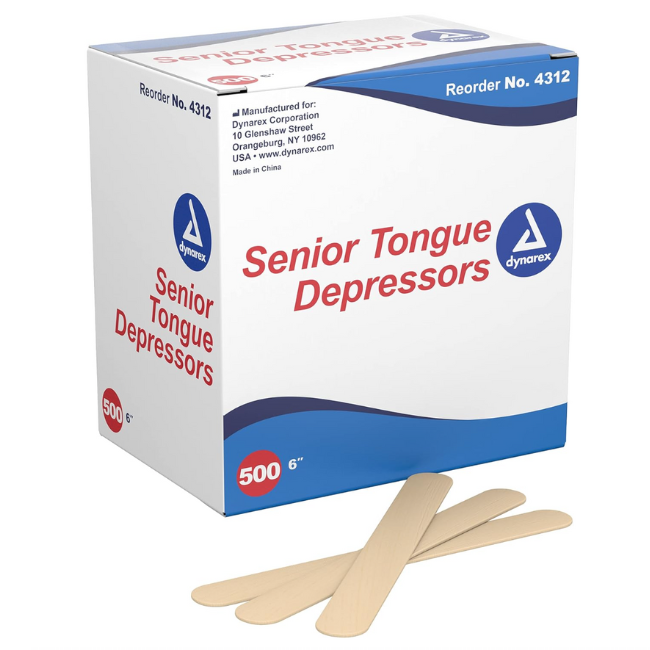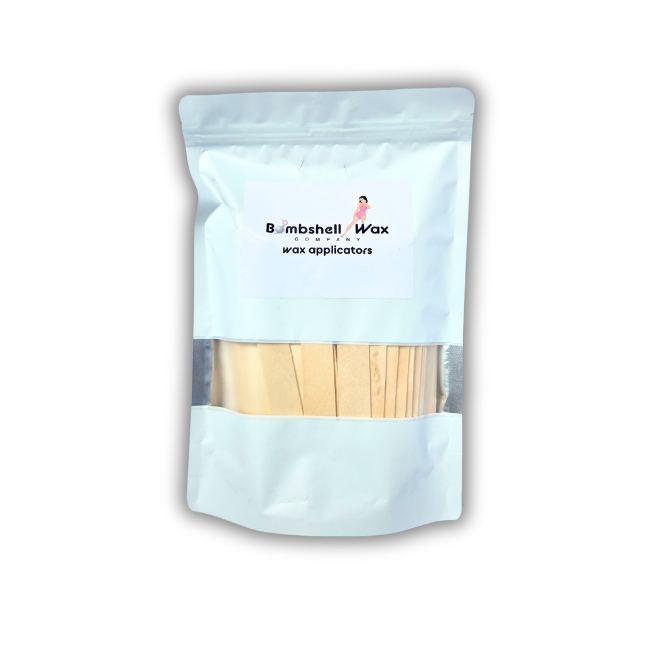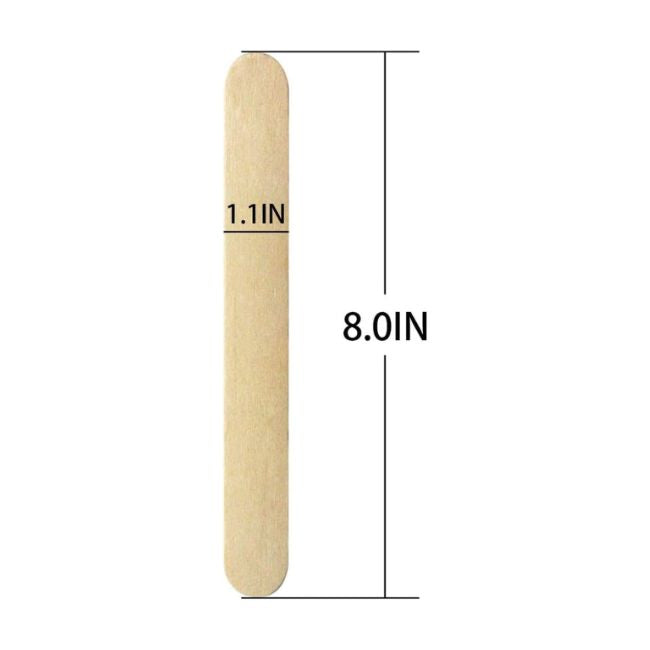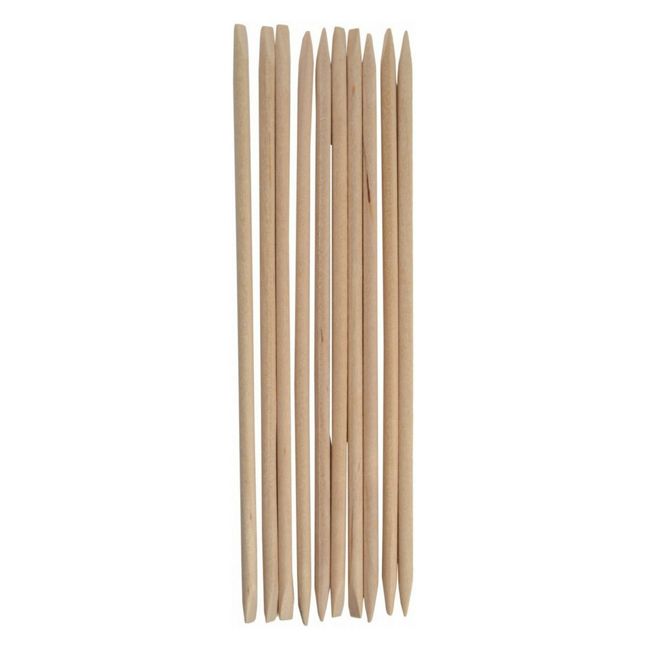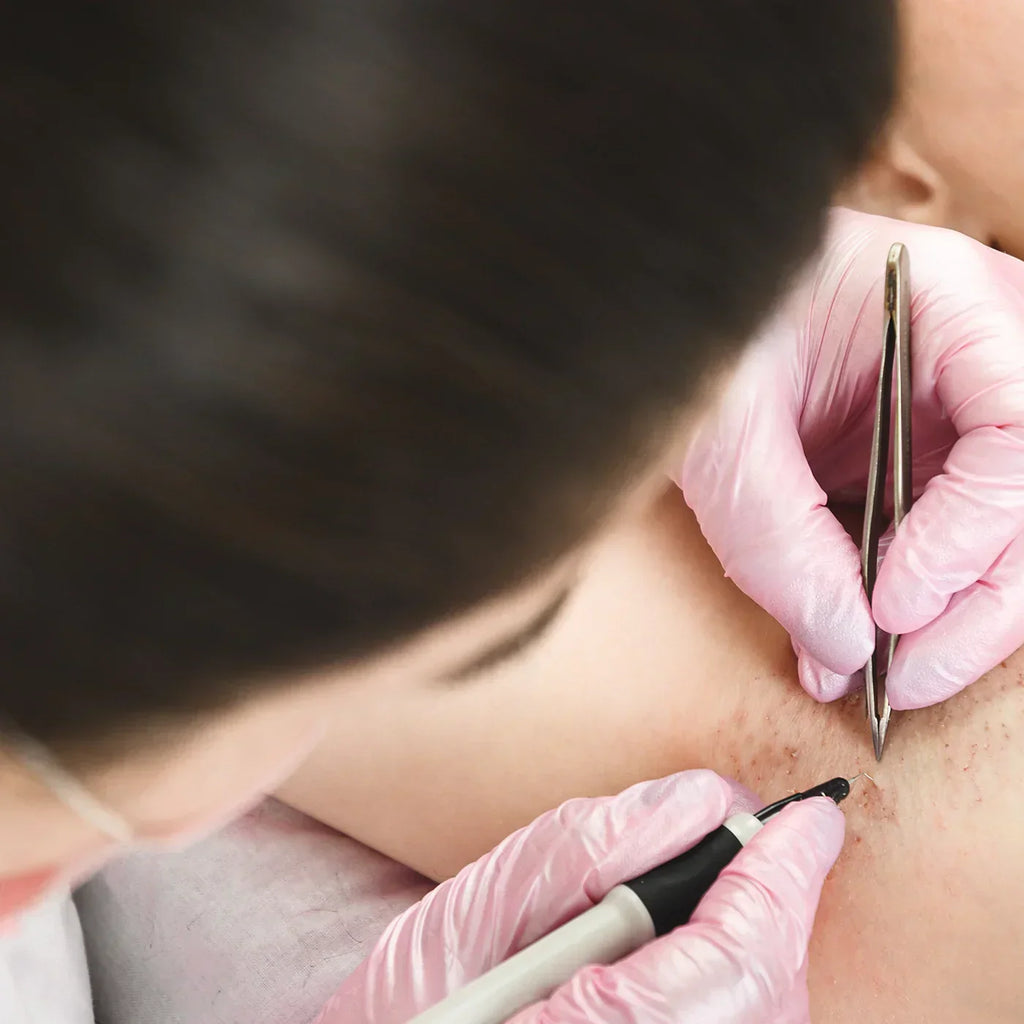

How to Prevent Ingrown Hairs After Waxing
Ingrown hairs are one of the most common concerns after waxing, causing small, red, and sometimes painful bumps that can take away from the smooth results clients expect. While waxing removes hair from the root, improper aftercare, hair type, or skin conditions can lead to hairs growing back incorrectly, curling under the skin instead of emerging properly.
For estheticians, preventing ingrown hairs is crucial to providing a top-tier experience for clients, ensuring they leave with soft, irritation-free skin. This guide explores why ingrown hairs happen, how to prevent them, and the best ways to treat them if they occur.
Understanding Ingrown Hairs
Ingrown hairs occur when a new hair fails to grow straight out of the follicle, instead curling back into the skin. This leads to inflammation, redness, and sometimes infection. Areas with coarse or curly hair—like the bikini line, underarms, and legs—are especially prone to ingrown hairs.
Although waxing helps by removing hair from the root, factors like dead skin buildup, friction, or improper hair removal techniques can still cause hairs to become trapped beneath the surface. The good news? With the right preparation and post-wax care, ingrown hairs can be prevented or minimized significantly.
Pre-Waxing Preparation
Preventing ingrown hairs starts before waxing. Proper preparation ensures hair is lifted and skin is ready for a smooth removal process.
1. Exfoliate 24-48 Hours Before Waxing
Dead skin cells can block hair follicles, leading to trapped hairs. A gentle scrub, dry brush, or chemical exfoliant (like salicylic or glycolic acid) removes buildup and helps free any hair that may already be growing under the skin.
2. Hydrate and Soften the Skin
Well-moisturized skin allows for easier hair removal. Apply a lightweight, non-comedogenic moisturizer daily leading up to the appointment to keep skin supple. However, avoid applying lotions on the day of waxing, as they may interfere with wax adhesion.
3. Avoid Shaving Between Waxes
Shaving between waxing appointments causes hair to grow back unevenly, making it more likely to become ingrown. Encourage clients to stick to a consistent waxing schedule (every 4-6 weeks) for best results.
Post-Waxing Care to Prevent Ingrown Hairs
Aftercare is just as important as the waxing process itself. Following a few simple steps can make all the difference in maintaining smooth, bump-free skin.
1. Exfoliate 2-3 Times a Week
Wait at least 48 hours after waxing before resuming exfoliation. This prevents irritation while allowing the skin to recover. After that, using a gentle exfoliating scrub, mitt, or chemical exfoliant (like a tea tree or salicylic acid toner) will help keep pores clear and free from buildup.
2. Moisturize Daily
Hydration is key to soft, healthy skin that allows hair to grow out smoothly. Recommend a lightweight, fragrance-free moisturizer or soothing oils like coconut oil, jojoba oil, or aloe vera to prevent dryness and irritation.
3. Avoid Heat, Sweat, and Friction for 24-48 Hours
Hot showers, saunas, and intense workouts can increase irritation and trap bacteria, leading to ingrown hairs or breakouts. Loose, breathable clothing should be worn to minimize friction, especially in areas like the bikini line.
Choosing the Right Wax for Fewer Ingrown Hairs
The type of wax used plays a big role in reducing the likelihood of ingrown hairs. High-quality waxes provide a cleaner removal, ensuring hair is extracted from the root without breaking.
At Bombshell Wax, we craft our waxes to be gentle yet effective, reducing hair breakage and irritation. Our hard wax is especially great for sensitive areas like the bikini line and underarms, ensuring that hair is pulled cleanly from the follicle rather than snapping at the surface. Using high-quality wax with sustainable, natural ingredients also minimizes inflammation and promotes healthier regrowth.
How to Treat Ingrown Hairs If They Occur
Even with the best prevention methods, ingrown hairs can sometimes happen. Knowing how to treat them properly prevents discomfort and scarring.
1. Apply a Warm Compress
A warm washcloth softens the skin and helps bring ingrown hairs closer to the surface.
2. Use Gentle Exfoliation to Free the Hair
A light exfoliating scrub or chemical exfoliant (like salicylic acid or tea tree oil) can help remove dead skin and allow the hair to emerge naturally.
3. Avoid Picking or Squeezing
Manually digging out ingrown hairs with tweezers can cause infection, irritation, and scarring. Let the hair come out on its own with proper care.
4. Use Targeted Spot Treatments
Topical products like tea tree oil, witch hazel, or an ingrown hair serum help calm inflammation and prevent infection.
Long-Term Prevention and Maintenance
To keep skin consistently smooth and ingrown hair-free, a long-term waxing and skincare routine is key.
- Stick to a Regular Waxing Schedule: Clients should wax every 4-6 weeks to train hair to grow back finer and evenly, reducing the risk of ingrown hairs.
- Avoid Shaving Between Waxing Sessions: Shaving disrupts the natural hair growth cycle, causing sharp, blunt hair regrowth, which increases the risk of ingrown hairs.
- Consult an Esthetician for Personalized Advice: Some clients may have more prone skin types and require extra precautions. Recommending hydrating, soothing, and exfoliating products tailored to their needs can help prevent future issues.
Conclusion
Ingrown hairs after waxing are frustrating, but they’re completely preventable with the right pre- and post-wax care. By exfoliating regularly, keeping skin hydrated, using high-quality wax like Bombshell Wax, and following proper aftercare guidelines, clients can enjoy smooth, irritation-free results.
For estheticians, educating clients about proper waxing maintenance and using premium waxing products not only enhances the waxing experience but also builds trust and long-term client relationships.
By following these steps, ingrown hairs can become a thing of the past—leaving skin soft, smooth, and flawless after every waxing session.
FAQs
1. Why do I still get ingrown hairs after waxing?
Ingrown hairs can happen due to dead skin buildup, tight clothing, or improper aftercare. Regular exfoliation and moisturizing help prevent them.
2. How soon should I start exfoliating after waxing?
Wait at least 48 hours before exfoliating to allow the skin to recover, then exfoliate 2-3 times a week.
3. What’s the best way to treat an ingrown hair at home?
Apply a warm compress, gently exfoliate, and use an ingrown hair serum or tea tree oil. Avoid picking at it.
4. Can waxing regularly reduce the risk of ingrown hairs?
Yes! Regular waxing weakens hair follicles, causing hair to grow finer and straighter, making it less likely to become ingrown.
5. Why is Bombshell Wax a good choice for preventing ingrown hairs?
Bombshell Wax is formulated for a smooth, clean removal, reducing breakage and irritation. Our ethically sourced, natural ingredients soothe and protect the skin, ensuring a better waxing experience with fewer ingrown hairs.
